How Much Does an Electrician Cost?
Last updated 2nd July, 2025
Looking into how much an electrician costs in the UK?
This guide has everything you need. Below, we break down how much an electrician charges per hour, typical electrician day rates, what common homeowner electrical jobs cost, and more!
Let's begin!

Table of Contents
Electrician Costs
Here are the average rates of an electrician:
Electrician Hourly Rate
The average hourly rate of an electrician in the UK is £40 per hour; however, this isn't standard across the country.
Certain areas, most notably London and the South-East, charge higher rates of around £55, whereas in the North this can drop to £35 per hour in small towns and villages. The hourly rate within the region usually depends on the cost of living and how in demand are the services offered.
For larger jobs, electricians may charge a daily rate or by price per job.
Electrician Daily Rate
By charging at a daily rate, or providing a quote for the whole job is a way for the electrician and customer to appreciate the size of job required and how long the work is going to take.
The national average daily rate for a UK electrician is around £250, with rates fluctuating between £220 and £300 depending on the region.
For larger jobs, such as rewiring a house, your electrician will likely quote for the whole job rather than the time.
Emergency Electrician Cost
There's nothing more frustrating and worrying than an emergency relating to your electricity. However, when these incidents occur there's always an emergency electrician available for call outs, although this will be charged at a higher rate.
Typically, an electrician will charge around £80 per hour for an emergency call out, seven days a week and regardless of it's day or night, including bank holidays.
Many emergency electricians will have a minimum call out charge, especially for out of hours. An example would be a minimum charge for two hours work, even if the job only took a few minutes to fix.
In other words, at £80 per hour expect to be charged at least £160 in total so it's a good idea to check first before they arrive.
Here are some common emergencies an electrician is likely to be called out to:
Circuit Trips
Circuit trips are an annoyance and are usually caused by a faulty appliance sending a surge of electricity through the circuit, causing it to trip and cut off electricity throughout the house.
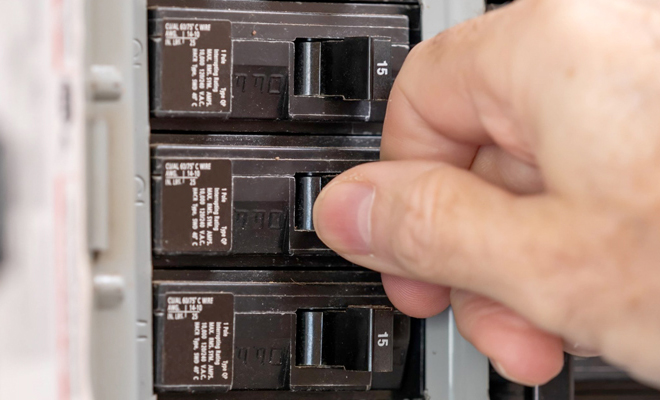
If this caused by something like an oven or microwave, you could do without it until you have it repaired during normal business hours. However, if an essential electrical appliance causes it, you'll need an electrician to come out and resolve the issue.
This should only take a few hours, and you should ensure that it really is an emergency to avoid paying extra fees unnecessarily.
Power Failures
Power failures can be caused by several things and can be quite frightening, especially if you haven't experienced one before.
The power failure could have been caused by electrical surges, bad weather or accidentally cut lines, but if you have to call out an electrician to fix a power failure, be clear about the fees.
It can be quite a lengthy job if the cause isn't obvious.
Faulty Storage Heaters
If you find yourself without a working boiler in the winter for any reason and you've been left with no option other than a storage heater, it can be very worrying if that too malfunctions.
Of course, living in extremely cold conditions can be very dangerous, especially for the elderly, so if this happens to you, you should call an electrician out no matter the time of day or week.
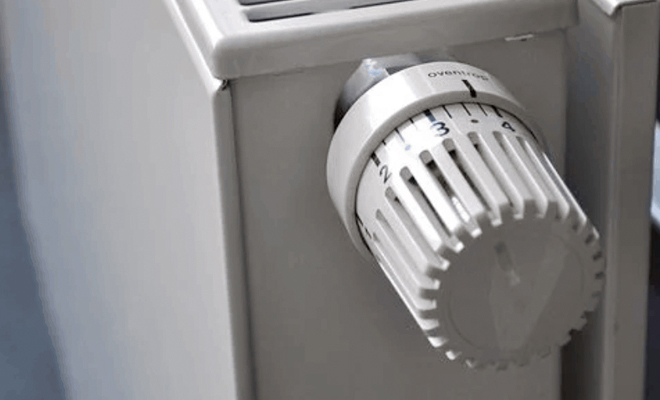
The fix should be a fairly easy one for an electrician, so you should only have to pay the minimum call out charge.
Electrician Qualifications
The majority of electricians will gain access to the trade through an apprenticeship, allowing them to learn on the job alongside a fully qualified professional.
When hiring an electrician in the UK you should look for the following qualifications and certificates:
- Registered with a Competent Person Scheme such as NICEIC, ELECSA, or NAPIT (ensuring compliance with UK safety standards).
- Part P Certification for electrical work in domestic properties (required by law for certain types of electrical work).
- Up-to-date with the IET Wiring Regulations (BS 7671), ensuring they follow the latest safety and installation standards.
- Insurance, including Public Liability Insurance, to protect against accidents or damage during the job.
As well as formal qualifications and official certification, it's always good to ask friends and family for recommendations, along with checking for online feedback and reviews.
Electrician Insurance
Electricians and all other tradespeople must have valid liability insurance in order to carry out work on people's homes.
This insurance protects both the tradesperson and the customer against accidental damage and injury. Should anything go astray, and an incident occurs, a customer can claim damages through the tradesperson's insurance company.
This protects the tradesperson, as themselves and their assets are covered by the insurance.
Electrician Cost Summary
There are a number of a jobs suitable for a qualified electrician, with the price varying depending on what's required.
The following table provides the average cost, and further into this guide are more details about what each one entails.
| Job | Estimated Cost |
|---|---|
| Replace 6-circuit fuse box | £350 |
| Replace 12-circuit fuse box | £500 |
| Replace socket/switch (no move) | £75 |
| Move socket/switch | £150 |
| Move & replace 5 switches | £250 |
| Electrical Condition Report | £200 (average) |
| Rewire 3-bed semi-detached house | £3,000–£4,000 |
| Fit basic ceiling fan | £150 |
| Fit high-end ceiling fan | £400–£500 |
| Fit LED lighting | Varies – quote required |
Please note costs may vary depending on factors such as size and location of the property, with electrician prices often being higher in areas such as central London.
Electrician Jobs
Electricians can carry out a great number of jobs and projects around your home. Still, there are certain jobs that are very common, accounting for a considerable percentage of an electrician's workload.
Here we're going to delve into these common call-outs in more detail, including aspects of the job, typical costing, and other relevant information.
Replacing a Fuse/Consumer Box
You may need to replace a fuse box if it's becoming a little dated, or if there is a fault with the fuse or consumer box.
It's unlikely that you'll need to replace this very often, but you'll probably have to do it at some point over the years, so it's important to know what is involved with replacing a box and what it's likely to cost.
The cost of a 6-circuit box is about £350 for supply and installation, while a 12-circuit box costs around £500. Both jobs typically take approximately 5 hours to complete. Anything beyond this will require a separate quote from your electrician.
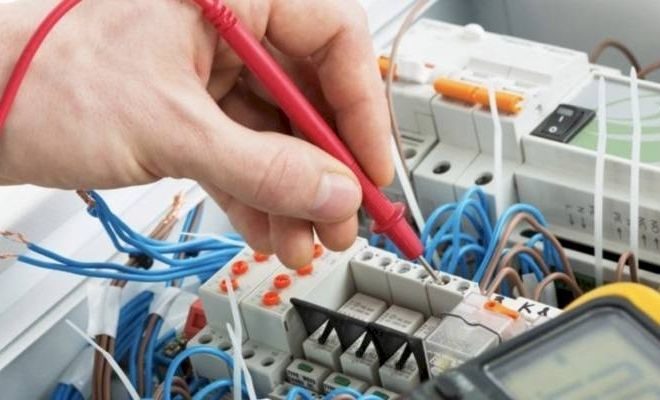
Move or Replace a Light Switch/Socket
There are a number of reasons for wanting to change the location of a socket or move a light switch. These often centre around home renovations of some kind, whether for decorative or operational purposes.
Examples include a wall-mounted TV that may need a socket directly behind it to remove any unsightly cables, or a light switch that needs to be moved to accommodate a piece of furniture.
You should also consider how many you want to change at once, as the more you have changed at once, the cheaper each individual change will be.
To replace a socket or switch, with no interface upgrades and without moving the switch location, you'll pay around £75, and it will only take the electrician about 1 hour. If you wanted to move this switch to another location, it would cost about £150 and take 3-4 hours.
However, if you wanted to change the locations and replace five switches, you can pay around £250 and hire the electrician for the entire day, which would be enough time to have five sockets or switches moved.

Rewire an Entire House
Completely rewiring a house is relatively common in older homes to ensure that the electrical circuits are working as they should be and don't pose any threat to the homeowner.
Old wiring and circuits will have degraded over time, increasing the chances of random malfunctions that can lead to fires and injuries.
Before any rewiring work can be conducted, you must first have a qualified electrician conduct an Electrical Installation Condition Report which will act as the guide for rewiring the home, addressing any issues that the report found. This costs around £100-£300 depending on how large your home is.
Once this has been done, your electrician can provide an accurate rewiring quote, and work can be started. Of course, the rewiring cost will vary depending on the size of your home, but to give you an idea of the cost, a 3-bedroom semi-detached house would cost between £3,000-£4,000 to rewire, and it would take around 6-10 days.
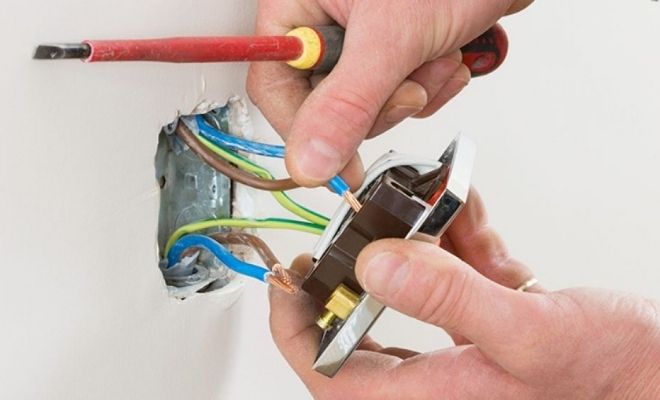
Supply and Fit a Ceiling Fan
A great way to gain some air circulation is to install a ceiling fan. Whether that's to cool down your room in summer, or help circulate hot air during the colder months.
If you don't have a ceiling fan in your home already, an electrician can install one for you, and it may be more affordable than you think.
A basic white ceiling fan, to supply and fit, only costs around £150 and takes between 1-2 hours, which is a very small investment for the benefits a ceiling fan provides.
You can also install a more high-quality brushed aluminium option, but this will cost more in the region of £400-£500.
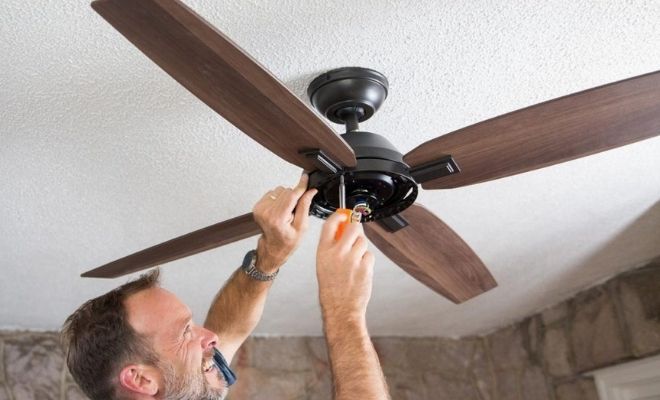
Supply and Fit LED Lighting
LED lights are far more energy-efficient than regular light bulbs, and installing LED lighting provides a low-cost solution that reduces your energy consumption and carbon footprint. The lighting quality is also much better than that of standard bulbs, burning brighter and lasting far longer.
A typical design option is to embed the LED lights in your ceiling in a house, and this can transform your space incredibly well without breaking the bank to do so. However, for an exact costing it's best to ask for a quote first.
How to Find and Hire an Electrician Near You
Finding an electrician has become really easy in recent years due to the rise in comparison websites for tradespeople and businesses.
Once upon a time you only had word of mouth and the assurances from the tradesperson that they were of a good standard, however now we can view reviews from previous customers, portfolio pictures and accreditations.
The best place to start your search for an electrician is to search for one on a search engine as this will show you results in your area.
From here, you can check out their qualifications, accreditations, reviews, pricing and much more through business pages and contact a few different electricians for quotes.
You should always ensure that whoever you hire is fully licensed and insured to carry out the work on your home, and you should ensure that they are on the Electrical Competent Persons register too, which you can access online for free.
FAQs
This is called Electrical Competent Person Register and is available for free online.
We never advise you to carry out any work as a DIY job and believe that you should only have qualified professionals carry out work.
However, if you are going to attempt any DIY lighting jobs, ensure that the electric is cut off at the mains supply.
Most electricians will now have set prices to install certain devices as they are quick jobs.










